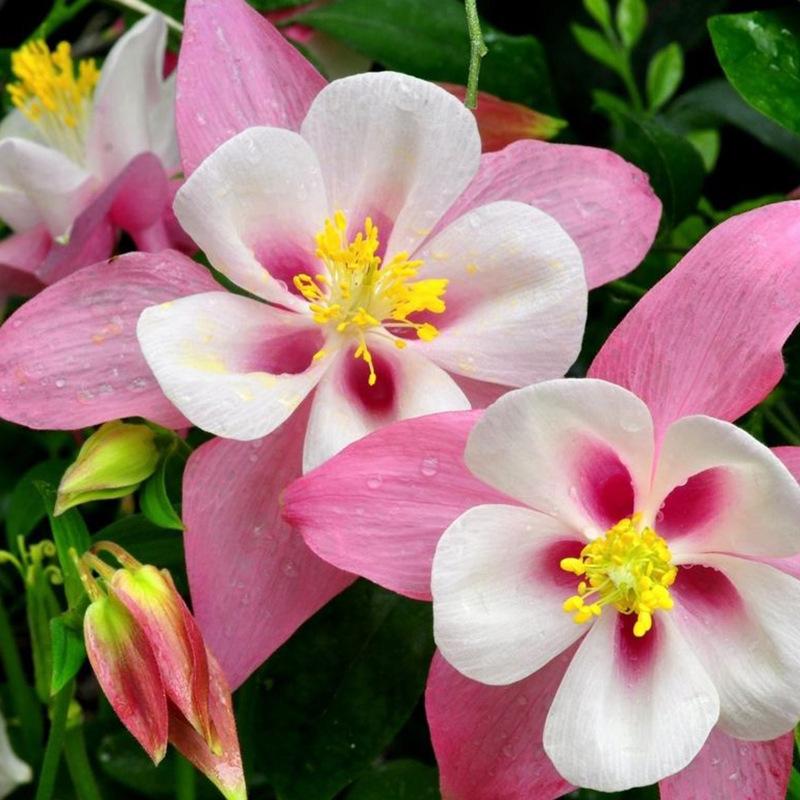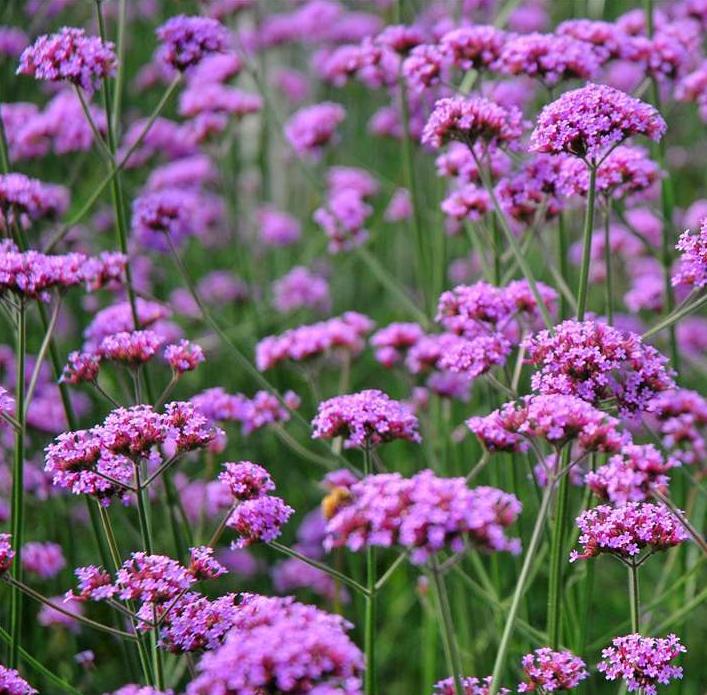The Anacardiaceae family has an interesting story to tell. This diverse botanical family includes well-known members such as cashews, mangoes, and poison ivy. One fascinating aspect is the family’s ability to produce an oily sap called urushiol, found in poison ivy and related plants. Urushiol can cause allergic reactions and skin irritation, highlighting the unique defensive mechanism of these plants. On a lighter note, the cashew tree provides an amusing anecdote. The cashew nut grows attached to a juicy fruit, termed the cashew apple, which is enjoyed in some cultures. However, handling the raw cashew shell can cause skin irritation due to the presence of urushiol. Thus, careful processing is necessary to ensure the delicious cashew nuts are safe to enjoy.
Picture
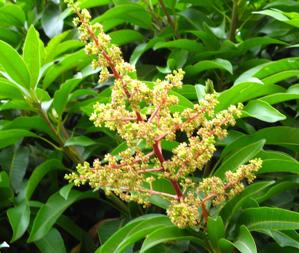
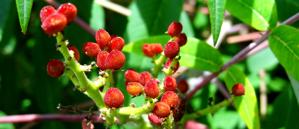
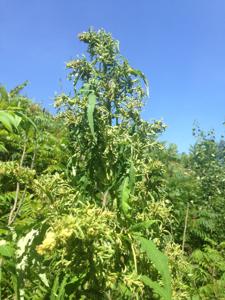
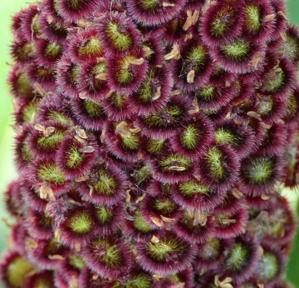
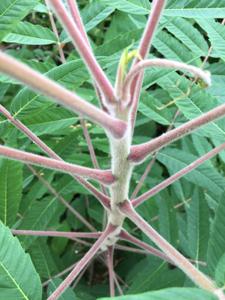
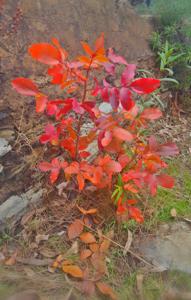
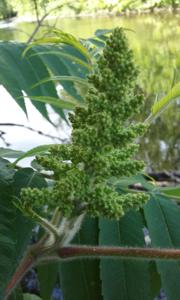
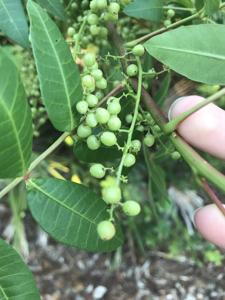
Plant some seeds now!
Short Description
The Anacardiaceae, commonly known as the cashew family or sumac family, are a family of flowering plants, including about 83 genera with about 860 known species. Members of the Anacardiaceae bear fruits that are drupes and in some cases produce urushiol, an irritant. The Anacardiaceae include numerous genera, several of which are economically important, notably cashew (in the type genus Anacardium), mango, Chinese lacquer tree, yellow mombin, Peruvian pepper, poison ivy, poison oak, sumac, smoke tree, marula and cuachalalate. The genus Pistacia (which includes the pistachio and mastic tree) is now included, but was previously placed in its own family, the Pistaciaceae.
Description
Lannea coromandelica (Lannea grandis) in Banten, Indonesia
Trees or shrubs, each has inconspicuous flowers and resinous or milky sap that may be highly poisonous, as in black poisonwood and sometimes foul-smelling.
Resin canals located in the inner fibrous bark of the fibrovascular system found in the plant’s stems, roots, and leaves are characteristic of all members of this family; resin canals located in the pith are characteristic of many of the cashew family species and several species have them located in the primary cortex or the regular bark. Tannin sacs are also widespread among the family.
The wood of the Anacardiaceae has the frequent occurrence of simple small holes in the vessels, occasionally in some species side by side with scalariform holes (in Campnosperma, Micronychia, and Heeria argentea (Anaphrenium argenteum). The simple pits are located along the vessel wall and in contact with the parenchyma.

